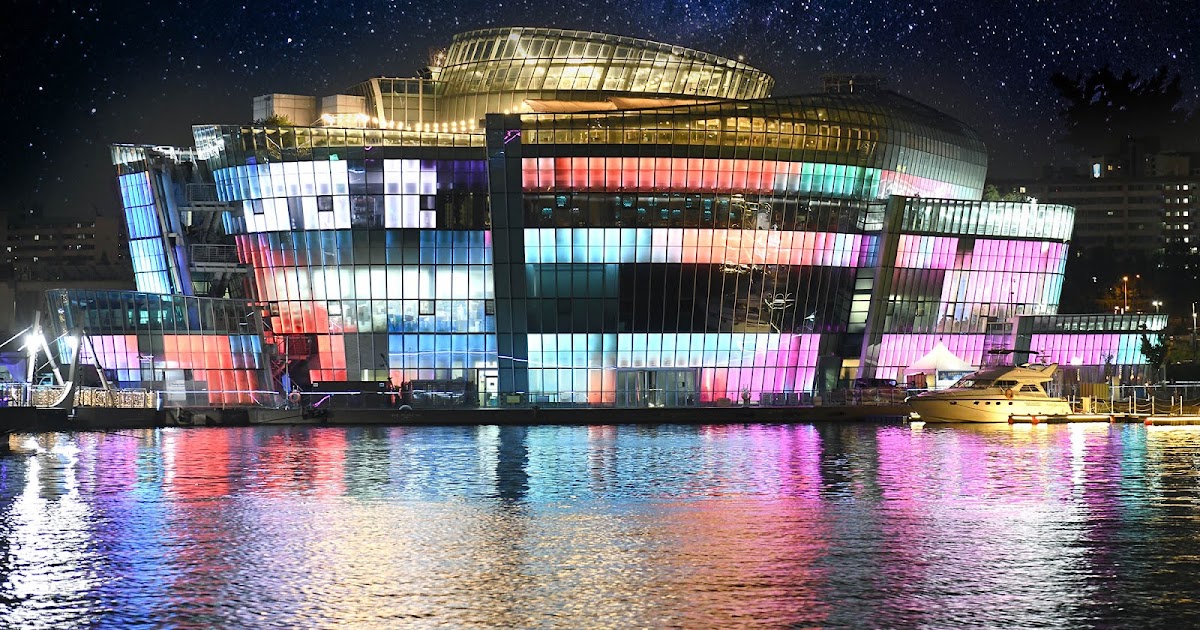South Korea’s capital is a unique city full of character and merit. Throughout its 2000 year history, including over 600 years as Korea’s capital, it has been a thriving center of the peninsula’s traditions and culture. Check here to know about what things to do at Seoul 3 days and Must Visit Seoul Attractions & Travel Guide.
1. Banpo Hangang Riverside Park and Moonlight Rainbow Fountain
Banpo Hangang Park is located on the southern side of the river centering on Banpo Bridge ( Jamsu Bridge ) between Hamnam Bridge and Dongjak Bridge.
How to Go to Han River
– Ttukseom district: Exit #2 or 3 of Ttukseom Resort station (Seoul Subway Line 7).
– Gwangnaru district: From exit #1 of Cheonho station (Seoul Subway Line 5 & 8), walk 20 min.
– Yeouido District: Exit #2 or 3 of Yeouinaru station (Seoul Subway Line 5).
– Yanghwa district: From exit #4 of Dangsan station (Seoul Subway Line 2), walk 10 min.
The rainbow fountain built on both sides of Banpo Bridge was registered in The Guinnes Book of Records in 2008 as the longest bridge fountain in the world with a total length of 1,140m.
Along the Han River, lighting fireworks is allowed so feel free to light fireworks on your own. Seoul International Fireworks Festival is an annual event organized by the Hanhwa company attracting different countries to participate every year. Every year, many firework companies are invited to this festival to show their firework performance and light up the night of the city. The fireworks displayed to the resonance of music and lasers will bring you unforgettable memories.
In addition, there are sports facilities including bubble playground, in line skating track, soccer field, and basketball court. You may also enjoy the gorgeous view of Hangang river and skyscrapers on the riverside from Gureum and Noeul Cafe.
Namsan Seoul Tower
Namsan Seoul Tower was the first tower-type tourist spot in Korea and built in 1971 to serve as a transmission tower to provide TV and radio broadcasting in Seoul. The tower is also known as N Seoul Tower and located on the Namsan Mountain in central of Seoul Korea. There are restaurants, cafe, coffee shops, gift shops, Hello Kitty store and souvenir shops at the tower that you can pay a visit.
How to go to Namsan Seoul Tower
Take the bus from the closest subway station: Myeong-dong Station (Seoul Subway Line 4), Exit 3 or Chungmuro Station (Seoul Subway Line 3), Exit 2 (in front of Daehan Cinema). Get off at Myeong-dong Station (Seoul Subway Line 4) and Exit 3.
Ikseon-dong ( Hidden Maze like streets in the bustling city )
Despite being one of the oldest neighborhoods in the center of Seoul, along with Jonggak, Myeong-dong, Dongdaemun and Gwanghwa-mun, Ikseon-dong has only recently come into the spotlight. This area started to become trendy in the past few years as young artist and entrepreneurs began to open businesses like cafes, restaurants and handicraft shops with unique concepts and designs.
Mapo Oil Depot Cultural Park
Old oil Reserve is now Cultural Space
The Oil Tank Cultural Park is a revitalization project of the city of Seoul and another iconic landmark. This Oil Depot, a grade 1 security facility which restricted public access and usage over the past 41 years, has been transformed into an environment friendly cultural space featuring festivals, performances, exhibitions and village market since September 1, 2017.
The property is composed of 22 soccer field-sized cultural spaces that can host various events in its 6 tanks ( T1-T6 )
T1 – Glass Pavillion. A splendid performance and exhibition hall with a glass ceiling.
T2 – Performance Hall. An outdoor stage and a performance hall on the basement floor
T3 – Original Tank
T4 – Complex Cultural Space
T5 – Story Hall. 40 year history of Mapo Oil Depot is preserved here
T6 – Information Exchange Center. A space for conference rooms and cafes built with waste-based materials
Mapo Oil Depot Cultural Park Address
03914 87 Jeungsan-ro, Mapo-gu, Seoul
Mapo Oil Depot Cultural Park Access
Subway World Cup Stadium Station (subway line 6) exits 2, 3
The park is a 7 minute walk from the World Cup Stadium Station on subway line 6. A Walking trail winds up the slopes of Mt. Maebongsam and neighborhoods of Mapo-Gu
Tteok Museum – Institute of Traditional Korean Food
About 2000 old Korean kitchen utensils and tteok ( rice cake ) related items are displayed here and arranged by various themes.
The institute will run the regular program under the theme “Look and Cook” for foreigners residing in Korea starting from May until October. From May to June, the program titled “K-Palace” will lead the participants to the main palaces of the Joseon Dynasty including Gyeongbokgung, Changdeokgung, and Changgyeonggung, where they will also explore Korea’s royal court cuisine, by cooking and eating
Admission Fees Tteok Museum :
*Individual: Adults 3,000 won / Pre, elementary, middle, high school students 2,000 won
Operating Hours : 10:00 – 17:00 (Last admission 16:30)
Programs Available for Foreigners
* Rice cake making
– Choice of 1 dish from 6 menus
– Participation fees: 50,000 won
* Kimchi making
– Choice of 1 dish from 7 menus
– Participation fees: 50,000 won
* Traditional Korean dish making
– Choice of 2 dishes from 9 menus & Hanbok (traditional clothes) experience
– Participation fees: 70,000 won
– Interpretation services available: English, Chinese, Japanese
Tteok Museum – Institute of Traditional Korean Food
[Subway] Jongno 3-ga Station (Seoul Subway Line 1, 3, 5), Exit 6.
Upon exiting the station, make a U-turn, and turn left onto Donhwamun-ro Road.
Go straight (250m), until you see the Institute of Traditional Korean Food on the left.
